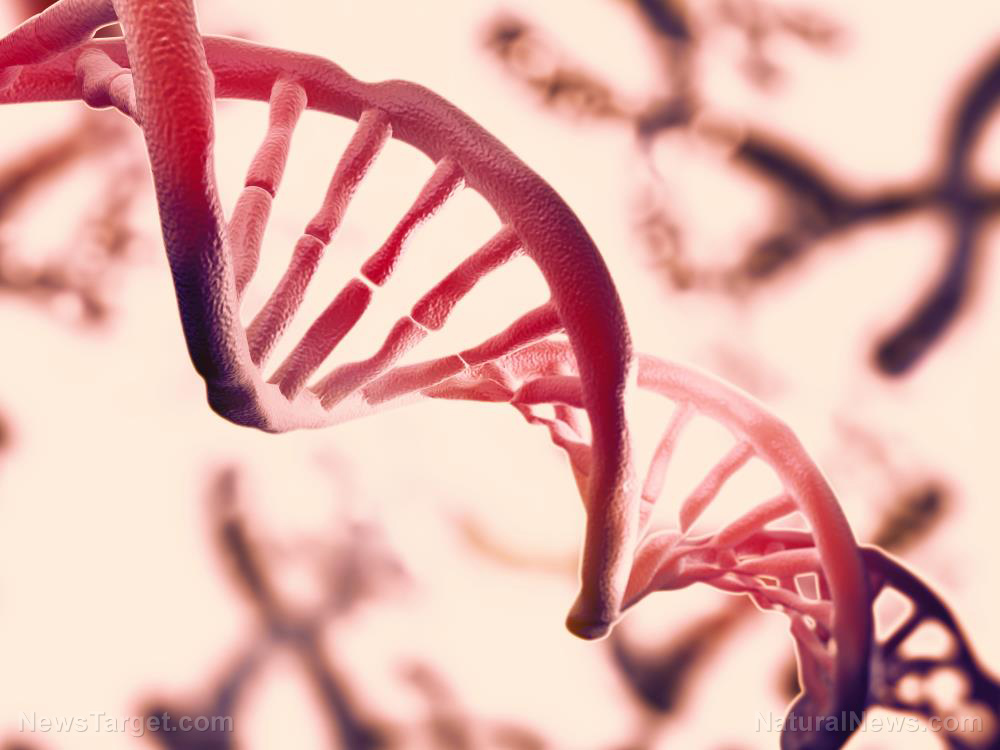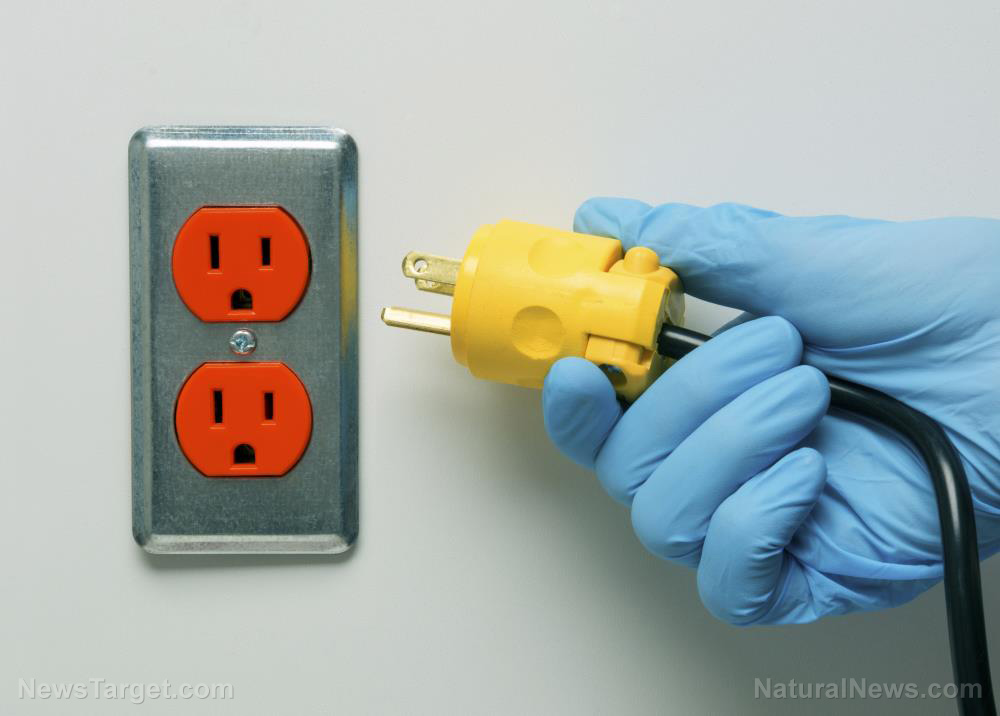
The biodistribution capacity of the AstraZeneca jab, records show, includes everything from the sciatic nerves, to bone marrow, liver, lungs, and spleen. In short, the shot's contents do not remain localized at the site of injection as is still being claimed.
The MHRA initially denied requests to see these records, likely because they are damning. ICAN resubmitted its request with a narrower scope and was able to obtain this much information, at least.
Nobody is really taking the AstraZeneca injection anymore anyway in the UK after it was discovered to cause blood clots. (Related: Much of Europe banned the AstraZeneca jab for the same reason.)
After one million "yellow card" injury reports were issued, the AstraZeneca injection was pulled entirely from the market, leaving Johnson & Johnson (Janssen) as the only other viral vector injection currently on the market.
"Whilst the mRNA vaccines used RNA, protected in a lipid nanoparticle, the viral-vector vaccines encoded the genetic instructions to build the coronavirus' spike protein in DNA," explains The Exposé. "DNA is more stable as it is double-stranded whilst RNA is only single stranded."
"So, AstraZeneca took these DNA genetic instructions and placed them inside another virus – a chimpanzee adenovirus. This adenovirus had been modified so that it could enter human cells but not replicate inside them or cause disease. However, once in a human cell, it could deliver its payload – the DNA instructions."
Once that DNA makes its way into the nuclei of human cells, the encoded instructions are read and used to create messenger RNA (mRNA) before leaving and allowing other cell molecules to "read" it.
The best way to stay healthy is to leave your natural immune system alone
While the mRNA injections from Pfizer and Moderna leave behind potentially harmful lipid nanoparticles that just float around indefinitely, the J&J and AstraZeneca varieties leave behind an attenuated chimpanzee virus – the long-term effects of which are still unknown.
The latter two shots are more similar to the former two than many people realize, it is important to note. Despite using viral vector technology, J&J and AstraZeneca still instruct human cells to translate mRNA for the purpose of building spike proteins.
"These coronavirus spike proteins are built and expressed on the outside of the human cells which then cause an immune response," The Exposé explains. "Antibodies are trained to recognise the spikes and killer T cells try to destroy any cells containing these new instructions."
"Remember these are human cells which the vaccine is training your body to attack and kill. We are constantly growing new cells to replace destroyed ones but some, for example cardiac cells, never regrow. So, ideally you don't really want to be killing these off and training the body to attack them in the future."
If the contents of these shots really stuck around close to the injection site as claimed, any long-term damage from all this might – emphasis on the word might – remain minimal. The fact that they spread all around the body and lodge into vital organs, though, is nothing short of concerning.
"Another 'shocking revelation' from the documents was a 'heavily redacted discussion of two individuals who developed serious immune-mediated neurological demyelinating conditions following vaccination,'" the report concludes.
"The documents say that there was no evidence of a causal relationship but the adverse event was then added as an important potential risk in the vaccine's risk management plan."
More related news about covid injections can be found at ChemicalViolence.com.
Sources for this article include:
Please contact us for more information.






















